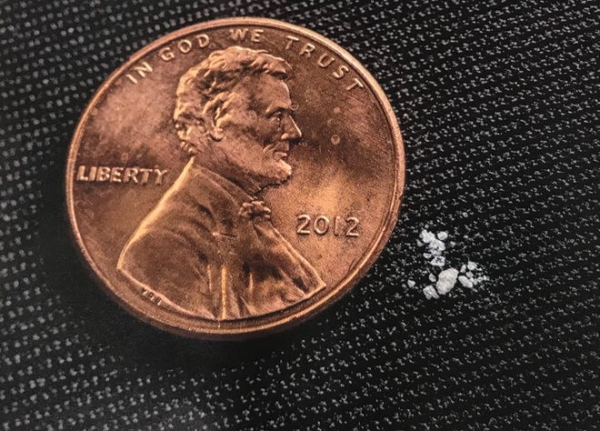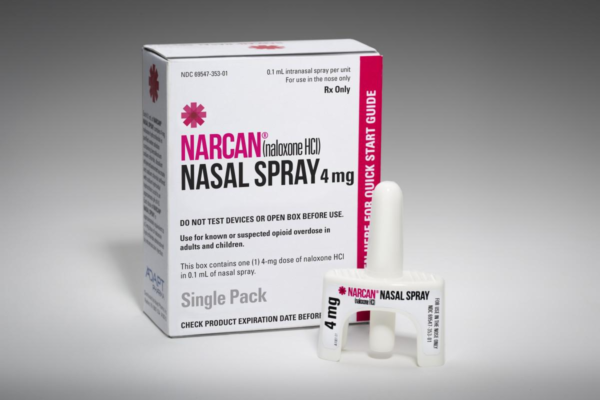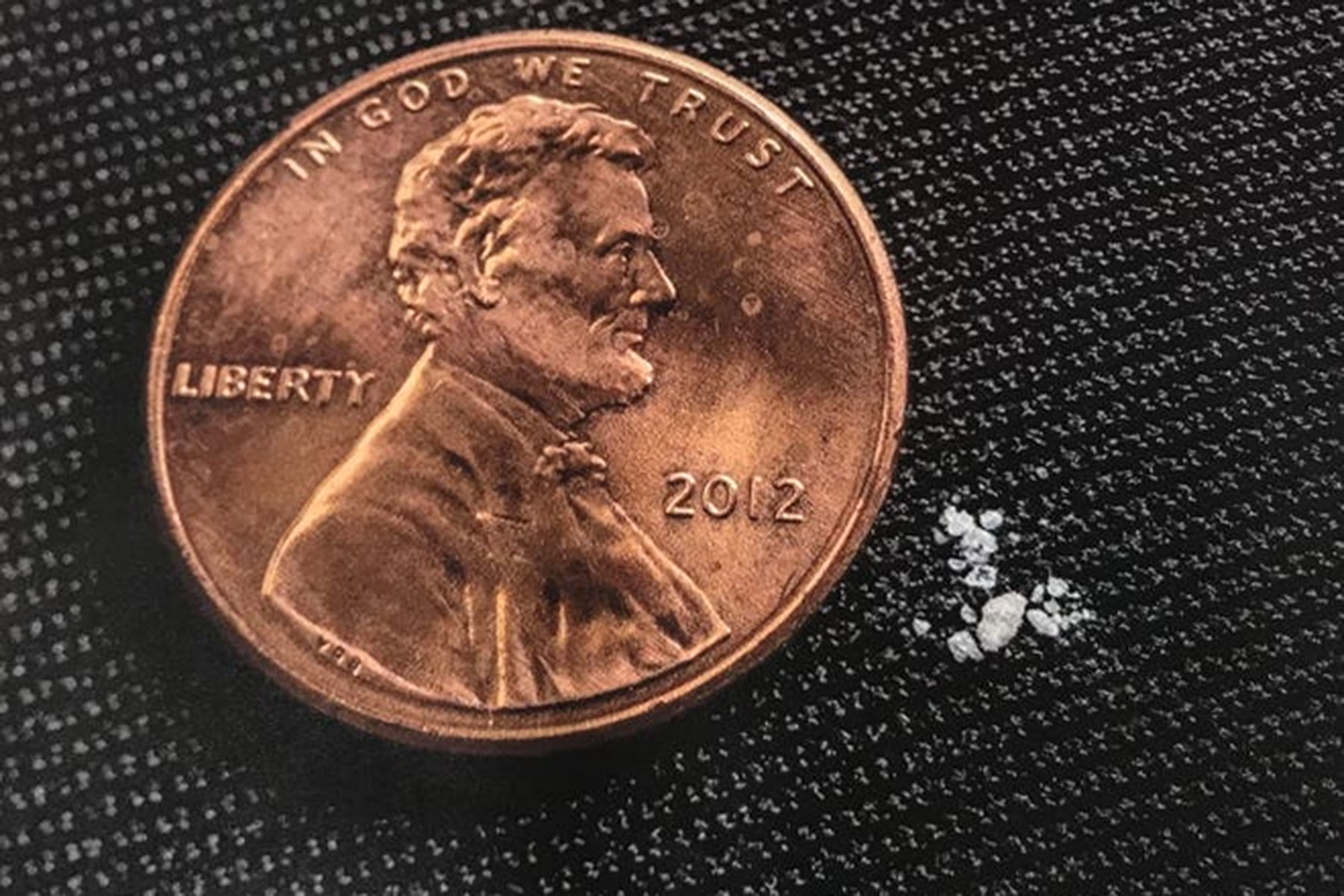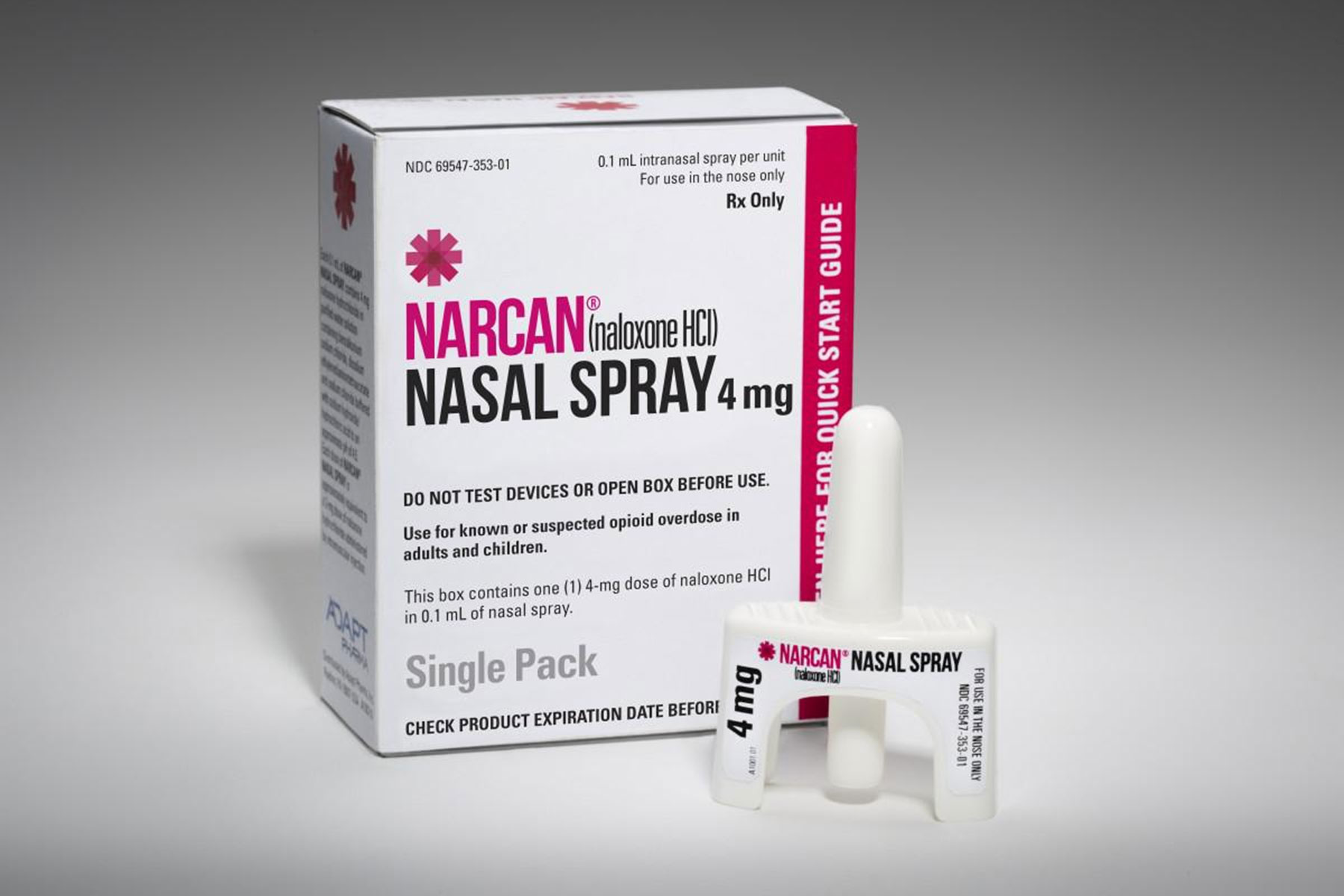
What is this drug that has overtaken so many Indigenous communities and caused so many drug overdoses? Often overlooked and ignored in the world of opioids, fentanyl is a synthetic opioid that is 80-100 times stronger than morphine, to give you context of the potency, methadone is about three times stronger than morphine, heroin is about five times stronger, and fentanyl is 100 times stronger.
A small dose of fentanyl can have life threatening effects, as fentanyl quickly binds to opioid receptors and creates respiratory depression and can slow your breathing to the point of death. One of the popular reasons for its use is that it leads to spikes in dopamine, which makes users feel good and can lead to a rush of euphoria after taking the drug.
According to the Albuquerque Area Southwest Tribal Epidemiology Center, the current opioid related overdose death rate is 13.7 deaths per 100,000 Native Americans, which exceeds the national rate of 13.1 per 100,000.
Prescribed brand names are also known as Actiq, Duragesic, and Sublimaze, which do not include all the street names such as, Apache, China White, Dance Fever, TNT to name a few. The lethal potency of fentanyl is often contributed to the overdose potential, according to the United States Drug Enforcement Administration. Fentanyl was developed for pain management treatment for cancer patients, applied to the skin by a patch, a shot, or as lozenges that are sucked like cough drops.
Colorado has seen a major increase of fentanyl deaths in recent years. In the year 2020 there were 540 fentanyl related deaths, compared to 20 years ago, where there were only five, according to the Colorado Vital Statistics Program and Colorado Department of Public Health and Environment.
Is it in our community? “Yes! 100%,” said Southern Ute Police Department Drug Detective Jacob Beech. “For the most part there’s a mix, a lot of methamphetamines are laced with fentanyl. We are also seeing a rise in fentanyl pills; the lethality of one of those pills can kill four people.”
When we talk about opioid usage in Native communities it brings up the question, does historical trauma have anything to do with substance abuse and how we as Native Americans handle our trauma or healing?
When Dr. Ron Shaw, president of the Association of American Indian Physicians, was interviewed on NPR on how the opioid crisis affects Native Americans he said, “Many Native American populations suffer from what is known as historical and intergenerational trauma, which has to do with historical events that have afflicted Native American tribes, everything from Wounded Knee to other issues that have affected us culturally that have caused kind of a historical shame that has transmitted across generations, even to succeeding generations, that it has been shown to be associated with increased rates of depression, drug use and drug addiction.”
One hard reality of fentanyl is that it not only effects the user, but also the community as a whole, especially Native American communities — including the Southern Ute Reservation. Before colonization, Native Americans lived in lineage societies and extended family groups formed their communities. These families included people of blood and non-blood relatives. If we look at that in our current state as Native communities, a lot of that is still true.
“One thing the public, community and membership need to be aware of especially with fentanyl is touching it or being around it, it’s very lethal to anyone,” explained Southern Ute Police Detective Richard Herrera. “The Casino, to the grocery store, to bathrooms, especially being careful in public restrooms, public events. It’s really important for membership and community, they need to know it doesn’t take much; .002 micrograms can lead to an overdose.”
Accidental overdose is common with fentanyl. If .002 micrograms can lead to an overdose, what does that mean for everyday activities in public spaces like touching door handles, slot machines, accidentally brushing someone, or shaking hands?
“Even if it just touches your skin, you can easily overdose on it, touching it or being around it is very lethal,” explained Herrera. “This stuff drops you fast.”
Even though accidental overdose isn’t a very common occurrence for a non-user, the potential risks we take as community members stepping out into our own communities or attending our cultural celebrations is getting higher as the drug continues to penetrate our reservation boundaries and infect our community.
“As of yet I haven’t seen or heard of anybody, a citizen, who is not a drug user overdose on fentanyl,” Beech said.
 At the high rate of opioid usage in our community, our health and professionals have taken a step in a positive direction by getting trained in how to use Narcan, also known as Naloxone. Narcan is a nasal spray that you can use if there is suspected opioid overdose, now needle free Narcan can be sprayed up one’s nose and may counteract the life threating effects of an opioid overdose.
At the high rate of opioid usage in our community, our health and professionals have taken a step in a positive direction by getting trained in how to use Narcan, also known as Naloxone. Narcan is a nasal spray that you can use if there is suspected opioid overdose, now needle free Narcan can be sprayed up one’s nose and may counteract the life threating effects of an opioid overdose.
“Awareness about the opioids and access to Narcan is key to saving the life of a loved one, friend or community member,” said Precious Collins, The Native Connections Program Coordinator with the Southern Ute Behavioral Health Division. “We will be hosting trainings for community members hopefully this month.”
The notion of drugs on the reservation is nothing new. Drugs have always made their way in and out of our reservation, what’s new is that there are community champions heading the charge of a new “drug free” reservation, such as Peer Recovery Coach, Marvina Olguin. Olguin who was an avid drug user and drug dealer, has now turned a new page and begun to make positive changes in our community.
As a peer recovery coach, Olguin offers emotional support, encouragement, and motivation. A Peer Recovery Coach can help you learn new ways to manage your emotions in a healthy way, as an addict or someone in recovery, learning how to identify your emotions, and work through them can be challenging since you are not familiar with this new way of thinking.
“In the early stages of recovery, it is very important to have all the support you can. It is easier for someone who is in early recovery to connect and relate to someone who has lived experience with addiction and has worked through the stages of recovery to become a better person,” said Olguin. “If not now, when? It is never too late to begin to change.”
Olguin finds that a good peer recovery coach is a good role model and can help you find your internal motivation while providing understanding, acceptance, and empathy. Peer Recovery Coaches also have access to many resources and programs that can help keep those in recovery on the right track. As well as what other groups are available for additional support such as NA/AA, Recovery Talking Circles, etc.
If you are someone you know needs help with substance abuse, feel free to reach out to Southern Ute Behavioral Health Division at 970-563-5700 or Peer Recovery Coach Marvina Olguin at 970-563-2359 or marolguin@southernute-nsn.gov.
Opioid and Naloxone training will be Tuesday, Sept. 14 at 5:30 p.m. and October 1 at 1 p.m., location to be determined.




